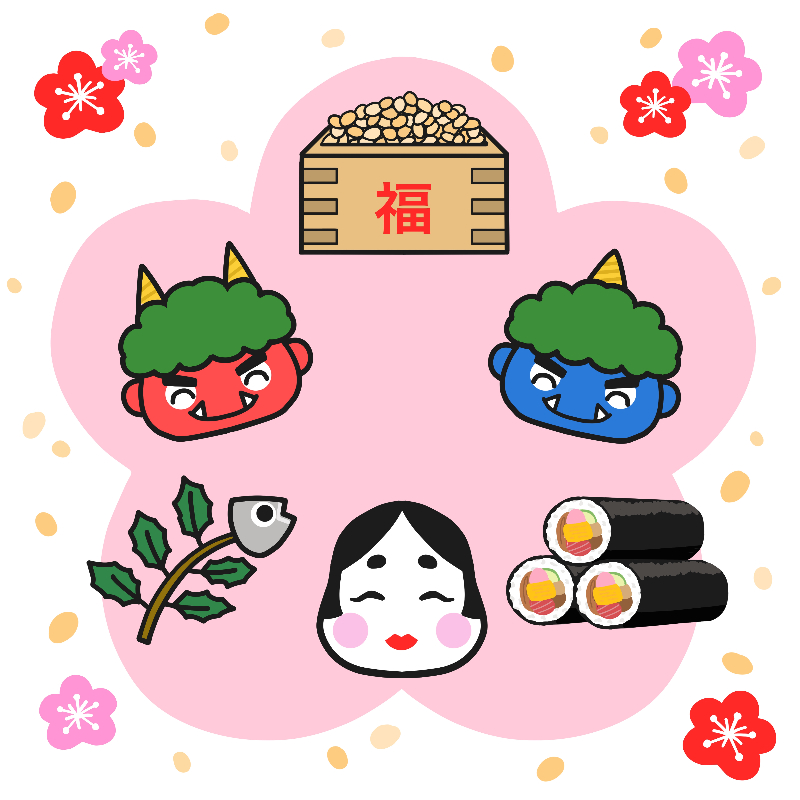
Creating a Restaurant Menu
 Students look at a Japanese menu and discuss Japanese food. They may also proceed to do a role play which takes place in a restaurant.
Students look at a Japanese menu and discuss Japanese food. They may also proceed to do a role play which takes place in a restaurant.
Introduction
Although すし (sushi) and てんぷら (tempura) are well-known Japanese dishes, Japanese children’s favourite dishes are recent non-Japanese imports such as カレーライス (curry rice), ハンバーグ (hamburger), オムライス (omelette rice) and クリームシチュー (cream stew).
Below are 7 ideas for classroom activities for reading and writing katakana in a restaurant menu. Katakana words can be a little difficult for students, because their pronunciation is different from the original Western words, and can be even more difficult for non-English speaking background students. It is important for students to understand how borrowed Western words are transposed into the Japanese syllabary, in order to make themselves understood in Japanese. The following tasks enable students to learn katakana words in the familiar context of food, and to compare Japanese food culture with their own.
1. Use flashcards and katakana words to familiarise students with the pronunciation of borrowed words for food and dishes, and to highlight the difference between the original word and the katakana word.
2. The teacher asks students to read the downloadable menu (メニュー) and to guess what the food and drink items are.
Students read the katakana words and try to give the English meaning, concentrating on the difference in pronunciation of the katakana word and the original word.

3. The teacher asks students to put the menu into context:
どんなおみせですか? ( きっさてん、カフェ、ファミレス etc.)
おきゃくさんはだれでしょうか? (サラリーマン、OL、かいしゃいん、がくせい etc.)
4. The teacher asks students to find and discuss differences between Australian and Japanese cafe/restaurant menus, eg. listing soups under のみもの.
5. If students are unfamiliar with a food item, they can investigate through a web search engine using the item as a keyword, and try to find pictures. They can also discuss likes and dislikes with each other. A useful webpage on eating out can be found on Kid’s Web Japan:
http://web-japan.org/kidsweb/explore/housing/q3.html
6. Students in groups work on the following project: Create a menu for an Australian food restaurant in Tokyo, considering what Japanese people might like. This could be done by hand, or word processor and might include items such as meat pie 「ミートパイ」, kangaroo steak 「カンガルーステーキ」 or even ethnic food popular in Australia. This activity can be extended by having students make a webpage advertising their restaurant.
7. Students can role play a situation where Japanese customers come to their Australian restaurant.
Example conversation:
「いらっしゃいませ。」
「おのみもの / おしょくじ / デザートはなににしますか?」
「そうですねえ、ミートパイをおねがいします。」
「はい。ミートパイですね。しょうしょうおまちください。」
Additional Resources
- Katakana and Food
Resource created by Koji Matsumoto and Cathy Jonak (August 2007).




